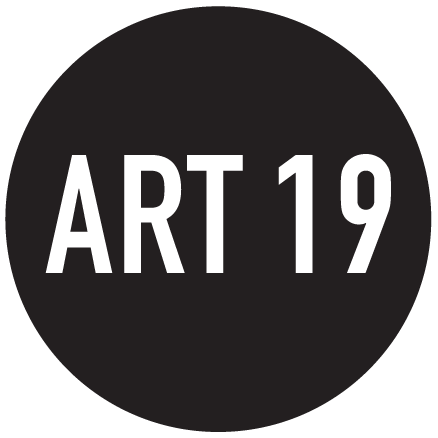Wallpaper: Chiharu Shiota as part of Textile artists: the pioneers of a new material world
These contemporary textile artists are weaving together the common threads and rich variety of fibre art in new ways
BY HARRIET LLOYD-SMITH
Textile art has long been a vehicle for storytelling. Much like ceramic art, it has long trodden the foggy and hotly-contested line between art and craft. It comes dressed in many forms: fibre art, tapestry, weaving, embroidery, knitting, and often spreads beyond the borders of art into fashion, design, science and technology.
The last century has seen a renaissance in thread-based art. It was only during the Bauhaus years in the early 20th century that textiles began to enter the vocabulary of modern art, a move indebted to textile masters like Anni Albers, who turned her weaving loom into vehicle for innovation. Albers saw the potential of textiles beyond a ‘women’s craft’ and has since influenced swathes of creatives including Sheila Hicks, who studied under both Anni and Josef Albers and myriad fashion designers including Paul Smith, Hermès and Roksanda. Other artists who took textiles to new heights in the 20th century include Sonia Delaunay, Judith Scott, and Louise Bourgeois.
In the 1970s, coinciding with the women’s liberation movement, and the rise of feminist art, textiles underwent its own revolution. Fibre art was born: textiles was catapulted beyond the domestic space and unshackled from veiled art world snobbery. The medium took on a life beyond functional craft; it became textiles for textiles’ sake.
From immersive site-specific installations to work that reinterprets the codes of history, contemporary textile art is a conceptual and political tool, fuelled by postmodernist ideals and the experimental spirit of those who command it.
Chiharu Shiota
Chiharu Shiota, Circulation, 2018. Installation: metal rings, red wool Valletta 2018 European Capital of Culture, Valletta, Malta. Photography: by Daniel Mifsud Copyright VG Bild-Kunst, Bonn, 2021 and the artist
Chiharu Shiota’s elaborate entanglements are difficult to forget and easy to get lost in. Her labyrinthine installations are vast, surreal waves of blood-red, black or white threads, and appear almost as though humans could weave webs. Within these environments, the Japanese, Berlin-based artist often traps objects of personal significance such as clothes, keys, boats, suitcases, and even herself. Shiota’s work is deeply rooted in performance art; the artist studied under Marina and holds a deep affinity with late Cuban-American artist Ana Mendieta. Her textile installations are both performative and painterly; as the artist told us last year, ‘The single line of thread is like a line in a painting. With the thread, I am drawing in the air, in an unlimited space. With the material, I can create new spaces. They might be deconstructed after the exhibition, but they will live in the memory of the visitors forever.’ On 3 April, Konig Galerie will open its new Seoul space with a group show including works by Shiota.
Article published on www.wallpaper.com.

